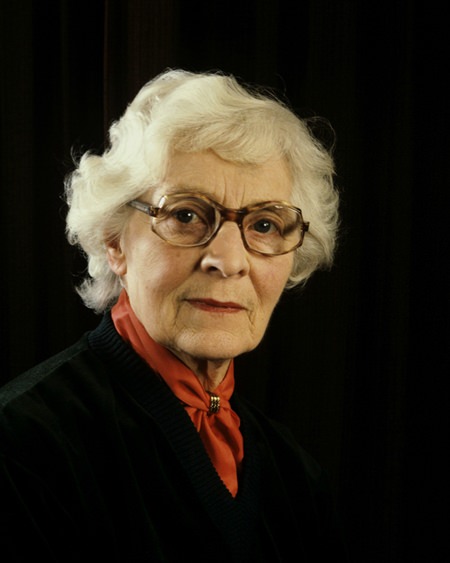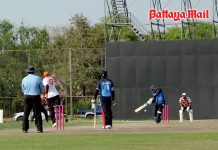
A few thoughts about taking portraits
I wonder if you recall all those Polyfoto studios that were popular throughout Britain in the 1950s. They specialized in taking portraits in quick succession using a camera developed by Kodak. As a small child I was taken for a Polyfoto session because every small child was taken to one. The operator would point at various imaginary objects and you were expected to change your gaze accordingly. A couple of days later you could go and collect the proofs, a single print which contained forty-eight minuscule images from which you could select the most flattering for enlarging. Many people simply cut up the proof sheets into individual photos and kept the ones they liked.
The word “portrait” implies something more formal than usual. They’re fun to make too, though two things are important: being well prepared and keeping things simple. Get the shots set up even before your subject shows up. This is why Polyfoto was so popular: everything was established in advance, the lighting, the exposure, the focusing, the sitting positions and the background. Try to do the same, even if you are using a Smartphone.
Of course, you have more control using a DSLR camera, but it remains essential to establish as much as possible in advance so that you’re not faffing about with the camera during the shoot. If you want a soft appearance, set the aperture to the widest possible. However, the laws of physics still prevail and the wider the aperture the lesser the depth of focus. It’s better to have the entire face and hair in focus, not just the tip of the nose. Set the shutter speed high but you’ll probably need to increase the ISO to compensate. I tend to avoid flash for personal portraits though I’ve used both floods and multiple electronic flash. They both have their uses in different situations. Today’s sensors are such that flash is rarely needed. If you are indoors, ordinary lighting works well and adds a warm touch. Avoid fluorescent tubes at all costs. I’ve often used two large photoflood lamps with reflectors several feet in diameter and a single “head-light” placed behind the subject. They are easy to use because the results are visible before you take the photo. Shadows can be filled with reflectors. This was the set-up used in the photo seen here, taken on a Mamiyaflex C330, a camera the size of a brick and which weighs about the same. Even so, the original image is pin-sharp.
Do you want the sitter to look directly at the camera or focus attention on something outside the frame? Will you use props? They’re useful especially with children, and can also be used to indicate a person’s hobby or profession. But keep it simple, because simplicity often has more visual impact. And take a hint from Polyfoto – shoot as many images as you can because people often become more relaxed later. Some people are good at striking a natural pose but others look self-conscious, so go for a mixture of posed and candid shots. A remote control is useful. Many portrait photographers shoot at slightly below the subject’s eye level.
Then there’s the background. Decide on the background in advance and establish whether it’s going to be part of the photo or not. If not, your wide aperture will ensure that it remains softly out of focus. You can’t really go wrong with a plain off-white background. That’s what Polyfoto did.
 |
 |
 |





